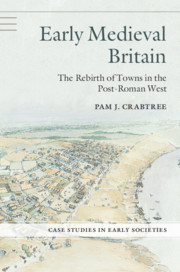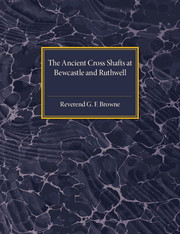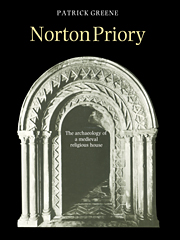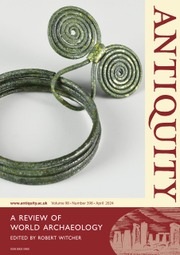Towns and Commerce in Viking-Age Scandinavia
The Viking Age, from c.750 to 1050 CE, was an era of major social change in Scandinavia. By the end of this period of sweeping transformation, Scandinavia, once a pagan periphery, had been firmly integrated into occidental Europe. Archaeological remains offer evidence of this process, which included and intertwined with Christianisation, state formation, and the dawn of urbanisation in Scandinavia. In this volume, Sven Kalmring offers an interdisciplinary and geographically wide-ranging approach to understanding the emergence of towns and commerce in Viking-age Scandinavia and their eventual demise by the end of the period. Using the towns of Hedeby, Birka, Kaupang, and Ribe as case studies, he also tracks the diverging characteristics of these urban communities against the background of traditional social structures in the Viking world. Instead of tracing the results of Viking Age urbanisation, or mapping that process by establishing economic networks, Kalmring focusses on the very reasons behind the emergence of towns, and their eventual decline.
- With a firm basis in archaeology, this book offers an interdisciplinary and geographically wide-ranging approach to the basic problem of the first urban expression in Viking-age Scandinavia
- Tracks the diverging characteristics of these urban communities against the background of traditional social structures in the Viking world.
- Reflects the characteristic features elaborated in economic theory, showing not only the purpose that led to the emergence of the Viking-age towns, but also the reasons for their discontinuous nature
Reviews & endorsements
‘In world archaeology, the Baltic Sea in the Viking Age is blessed by 150 years of exceptional excavations and study. This compelling book maps the rise and importance of towns and trade, drawing on this research. It uniquely describes how special economic zones serviced the Viking homelands, intersecting with the sea kings in the West and the Caliphate in the East. More, Kalmring skilfully shows this was part of a larger European history, in which archaeological evidence brings to life the essential background to Viking piracy and colonisation. It is a tour de force worthy of the rich archaeology of the Baltic.' Richard Hodges, OBE, FSE, author of Dark Age Economics: A New Audit (2012)
Product details
January 2024Adobe eBook Reader
9781009298063
0 pages
This ISBN is for an eBook version which is distributed on our behalf by a third party.
Table of Contents
- 1. Introduction
- 2. The Viking-age town: Context and academic debate
- 3. The Viking world
- 4. Cult, jurisdiction and markets: Things and regional fairs at traditional centres of power
- 5. Local society and Viking-age towns
- 6. An urbanisation based on harbours
- 7. Jurisdiction and taxes
- 8. Free trade within narrow boundaries
- 9. Special economic zones of their time
- 10. Development after the inception phase
- 11. Discussion: Hedeby's abandonment and the foundation of Slesvig
- 12. Summary and conclusions.








.jpg)
.jpg)